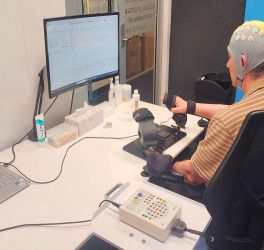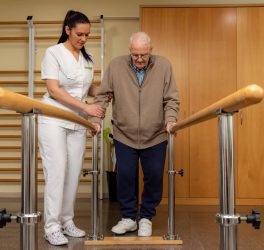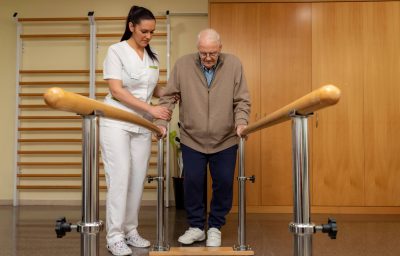
More than 1,125,000 men around the world have the inherited bleeding disorder of hemophilia, and 418,000 of those have a severe version of the mostly undiagnosed disease, says a new study led by McMaster University researchers.
This is three times what was previously known. Only 400,000 people globally were estimated to have the disorder which is caused by a defect in the F8 or F9 gene which encodes instructions for making the factor proteins that helps blood clot. For those with hemophilia, lack of treatment leads to chronic and disabling joint disease, while bleeding into organs and brain hemorrhages can lead to disability and death.
Hemophilia, which is found almost only in men, is currently treated with infusions of factor to prevent or stop debilitating bleeds, but treatment is expensive and scarce in many countries.
The international research team was also able to calculate, for the first time, the prevalence of hemophilia among babies at birth, which enabled them to estimate that the life expectancy of those with hemophilia is significantly less than other people, particularly in lower-income countries where there is lack of treatment.
There are two main types of hemophilia: Hemophilia A has the factor 8 (F8) gene defect, and hemophilia B has a factor 9 (F9) gene defect.
Putting the numbers together, the ‘life expectancy disadvantage’ associated with hemophilia may be estimated and varies depending with the availability of care. For those born with hemophilia, the chances of living a life of normal duration and quality will be reduced by 64% in upper-middle income countries, 77% in middle income and up to 93% in low income countries.
The study will be published in the Annals of Internal Medicine on Sept. 10.








